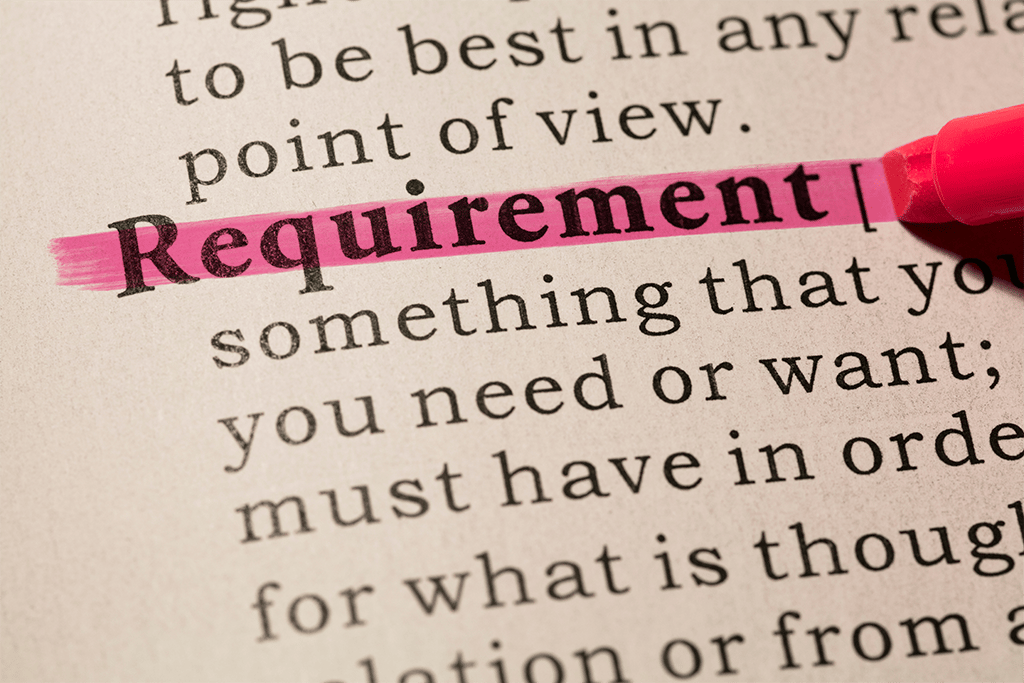Building an app from scratch is a massive undertaking. You need to consider every little step and detail related to your product. When you build a product, you need to have clarity about what you are building, why and who is going to be the end user. If you want to build a successful mobile app that sells, you need to have a deep understanding about what you are building.
A mobile app requirements document or product requirements document can help you achieve this. It is a document that helps you implement all your ideas about your mobile app and create a product that you have envisioned. In this article, we will discuss how to build a mobile app requirements document that can enable you to create a mobile app that sells.
First let’s look at what a product requirements document is.
What is a Product Requirements Document?
A product requirements document or PRD is a document used in the development process that includes the purpose, requirements, features, and capabilities a mobile app will have. This document helps your developments and testing teams to understand and conceptualize your product and build a functional app.

Development teams use PRD to know the purpose of your app and who is the end user. For product and development teams it is important to understand your target users and their pain points to develop an app that is valuable to them. With product requirements document your ideas for the app will be clear to the development team which can enable them to build a successful mobile app.
How To Build Mobile App Requirements Document?
Objective
The first step is to write down the main objectives of your product. What is the main problem or issue your app is aiming to solve? Consider your target users and their pain points. This will help you write down the purpose of your mobile app clearly. It is better to focus on one single problem when you develop the first version of your app. Later you can expand and make improvements. By focusing on a single problem you can have more clarity about the type of mobile app you want to build.
Business Requirements
Next, include your business requirements. The aim of business requirements is to define the criteria for a project’s success. Business requirements determine how the product or solution will address the needs of the company and the clients.
Here are some questions you need to consider when you write your business requirements:
- What is the main purpose of your app and how will you achieve it?
- What is your product vision statement?
- Who are your target users?
- What is the main problem your app will solve?
- What are the advantages or benefits of your app compared to other apps or solutions in the market?
- What will be the key features of your app?
- What are the possible scenarios that can create problems in your app development process?
- What is your budget? In the project which team members will do what?
- What are the improvements you will need to make in your app later to target a wider market?
User Personas
A user persona is a semi-fictional representation of your target users. User personas determine the characteristics of ideal customers who are the end users of the product. These personas are given a fictional name but are based on facts as they identify the common attributes of target users. These personas are useful in helping businesses target the right audience. When you know your target users you can build an app that resonates with them.
Building a user persona requires you to research your target market, gather data and insights to form an idea of your users. During app development you can refer to these personas to avoid focusing on any irrelevant features, and only focus on building a product that is useful. User personas also help you identify the pain-points of your target users so that you can build a product that offers the best solution. User personas are not only useful for product development, but also in building marketing and promotion campaigns to target the right users.
User Journey
A user journey maps the user’s relationship with a product or brand over a certain period and through different channels. User journeys are usually represented through a timeline including all the touchpoints between a user and a product. A user journey will help you map how your users interact with your mobile app.
This is important for your app development, especially to create a good user experience. You can collaborate with your team to map user journeys. With user journey you can determine how the users navigate your app, what features they use, their preferences and more. This enables you to create an app that provides a great user experience and encourages more engagement.
Product Vision Statement
A product vision statement determines the long-term goal of your mobile app. This helps you clearly determine what you hope to achieve in the long-term. It is a guide to your product development teams and other stakeholders to remind them about the main objective they aim to achieve.
With the help of a product vision statement teams can create an action plan that aims to achieve this vision. Moreover, it also aligns your teams or departments to work toward a shared vision. A product vision statement should also include who the intended users of your app are. It determines why your users will use your app and how your app will solve the problem your users face. In addition, include how your solution is different from your competitors and how it contributes to the market.
App Monetization Model
App monetization model determines how your mobile app will make money. There are many monetization strategies you can leverage to make revenue from your app. App monetization is needed when you have an app that is free for download. If you are not charging for download you need other strategies in place to help you make money.
Here are the common monetization models:
- Pay per download
- Advertising
- In-app purchase
- Subscriptions
- Freemium
Feature list
You need to have clarity about what your app will look like and what key features it will have. In the first version of your app, it is better to have simple features that help create a good user experience. Make your app easy to navigate so that users don’t have to struggle to use your app.
Here is a list of features you can include in your mobile app:
- Login or sign-up
- Onboarding
- Navigation
- Forms
- Good resolution
- Speed
- Social media integration
- Calendar integration
- Product menus
- Push notifications
- User feedback
- Updates
- Privacy
These are some of the features you can include in your app. However, each app is different and has different users. When planning your features, assess the needs and preferences of your users to create a better user experience.
Choose a platform
One big decision a business must make is to choose between iOS and Android. Ideally it is best to develop your app for both platforms. However, this can again be a big undertaking and you may not have the resources or budget for it. Android and iOS have their own pros and cons and the user base on these platforms are different.
To choose one platform you need to analyze which one can help you drive successful results. Both platforms will have different terms and conditions that you need to consider before you start building your app.
Wireframes
Wireframes are the blueprints of what the design and structure of your mobile app will look like. They are prototypes to help developers envision the app’s design and interface to create the final product. With wireframes you can envision the look and feel of your app. This makes you more confident about building the final product.
If you don’t like how something looks in the app, you have the option to make changes to it before finalizing.
Functional specification
A functional specification document helps developers understand how an app will function. It describes each feature they need to build and why. This document will include every step of user experience. Functional specification document not only describes what features to include but also how to build them. It is a blueprint for developers that can help them get a clear idea of what they are building.
To write down functional specifications you will need the help of software developers or engineering professionals to describe the technical aspects. This will require every little detail about building your app and can be time consuming. A person with experience in software development is needed to write down functional specifications.
Constraints
Constraints are any limitations that restrict your mobile app’s implementation or operation. It can be related to budget, scope, resources, or quality.
Submission
The mobile app requirement document should include all the information and technical assets needed for Apple’s App Store submission and Google Play submission. This makes it easy to submit your app when it is ready to be released.
Maintenance and updates
Your app will evolve in the future. When you first build an app, you will generally focus on solving a core problem. But as more users start using your app you will be focusing on other problems users face. In your PRD document include all the future improvements, features, and changes you plan to include in your app that keeps it relevant to your users.
A mobile app requirements document can make the app development process more seamless. Building a PRD will not be easy. It is important to have a basic idea of some key points you would need to include in this document. Different teams on this project should collaborate so that you can get into specific and technical details of your app. This document can adapt to what your business needs are. Every app is different and so the PRD may not look the same for all. Include information in your PRD that is relevant to your app and business.

